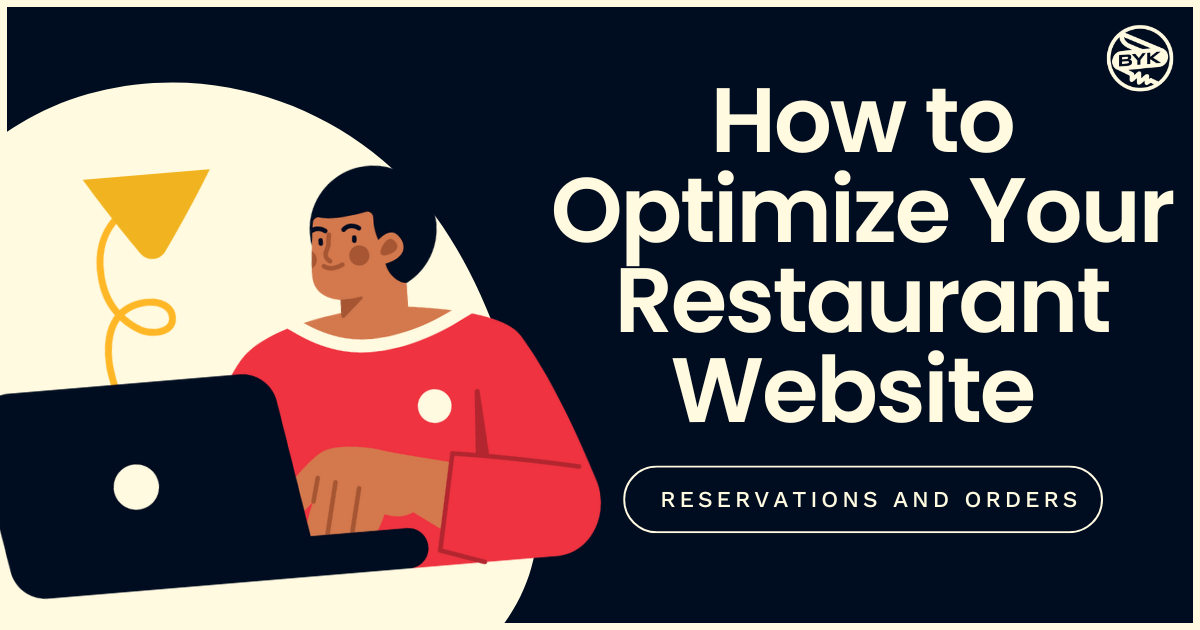Last week, we shared some ways psychology is used in advertising that you might not even notice. There were way too many examples for just one blog post, so today, we’re back with part 2! Here are a few more common advertising techniques that are based on psychological principles.
1. Pain Avoidance and Attention to the Negative
Through the years, studies have shown that people tend to feel stronger emotion with negative, rather than positive, stimuli. Because their response is stronger, humans thus tend to pay more attention to “negative” things. This can be applied to advertisements when determining the language to be used in a given ad. An experiment by Ferreira et al. found that participants experienced significantly more fixations and recognition for negative words than for positive or neutral words. You can see this principle in action in the advertisements from Trident and Snickers below. Trident uses the word “can’t” while Snickers uses the negativity of not feeling like yourself when you’re hungry. The negative phrases capture and hold your attention.
2. Spacing Effects and Multiple Exposures
It is well-established that people are more likely to remember things they have seen multiple times. Most all companies work to find ways to expose audiences to their advertisements multiple times, to increase their familiarity and chances of remembering it. There are, however, some nuances in the timing of these multiple exposures that can aid viewers’ memory even more. These are called spacing effects. The idea is that if you are exposed to a stimulus multiple times over an extended time period, you are more likely to remember it than if you are exposed that same number of times all in a row.
If you have ever tried cramming for an exam the night before, you probably know this principle well. Studying 10 minutes per night for 2 weeks, instead of 140 minutes all the night before, would result in the retention of more information. This can be applied to advertising when determining when and how often to run an advertisement.
3. Primacy and Recency Effects
When determining placement of ads, you should keep in mind the serial positioning effect, shown by Murdock in his 1962 work. When exposed to multiple items, such as numbers in a list or pages in a magazine, people are most likely to remember the first and last things they were exposed to. These findings have held true across multiple studies and fields, and are called the Recency and Primacy effects. If a stimulus was recent, or was the first of many (primacy), you are more likely to remember it.
Why does this matter in advertising? This can be applied not necessarily to the advertisements themselves that you are creating, but to your decision-making about where to share them. If you are advertising in a print medium, try to ensure your ad is on one of the first or last pages. On television, try to position your ad at the very end or beginning of a show. You want people to remember whatever you are advertising, so be sure to position the ad in the most beneficial way possible.
4. Maslow’s Hierarchy of Needs
No matter what you are advertising, you want to find a way to appeal to people’s needs or desires. The needs that are most salient to people were laid out by Maslow in his Hierarchy of Needs pyramid. He found that people needed to first have their basic needs met, and once those are satisfied, they are able to move up the pyramid and focus on the needs for love, esteem, and self-actualization.
When you are advertising a product or service, be aware of where your audience is likely to be positioned on the pyramid, and then use that position to persuade them that your offering will help satisfy their needs. For instance, if you believe you are advertising mainly to customers who have their physiological and safety needs met, maybe you want to prove to them that your product will help them feel like they belong, will help them strengthen their connections, or will help them feel strong and independent. However, if you are advertising a food product, you will probably want to appeal to consumers’ basic need to satisfy hunger. Here are a couple of advertisements that effectively used appeals to the needs that Maslow laid out.
We hope these posts have given you a bit of insight into the ways psychology and advertising are intertwined. Next time you see an ad, think about the principles at play. Do you recognize any tactics they are using to grab your attention or try to persuade you? You will be able to see advertisements with all new eyes now!
Sources:




